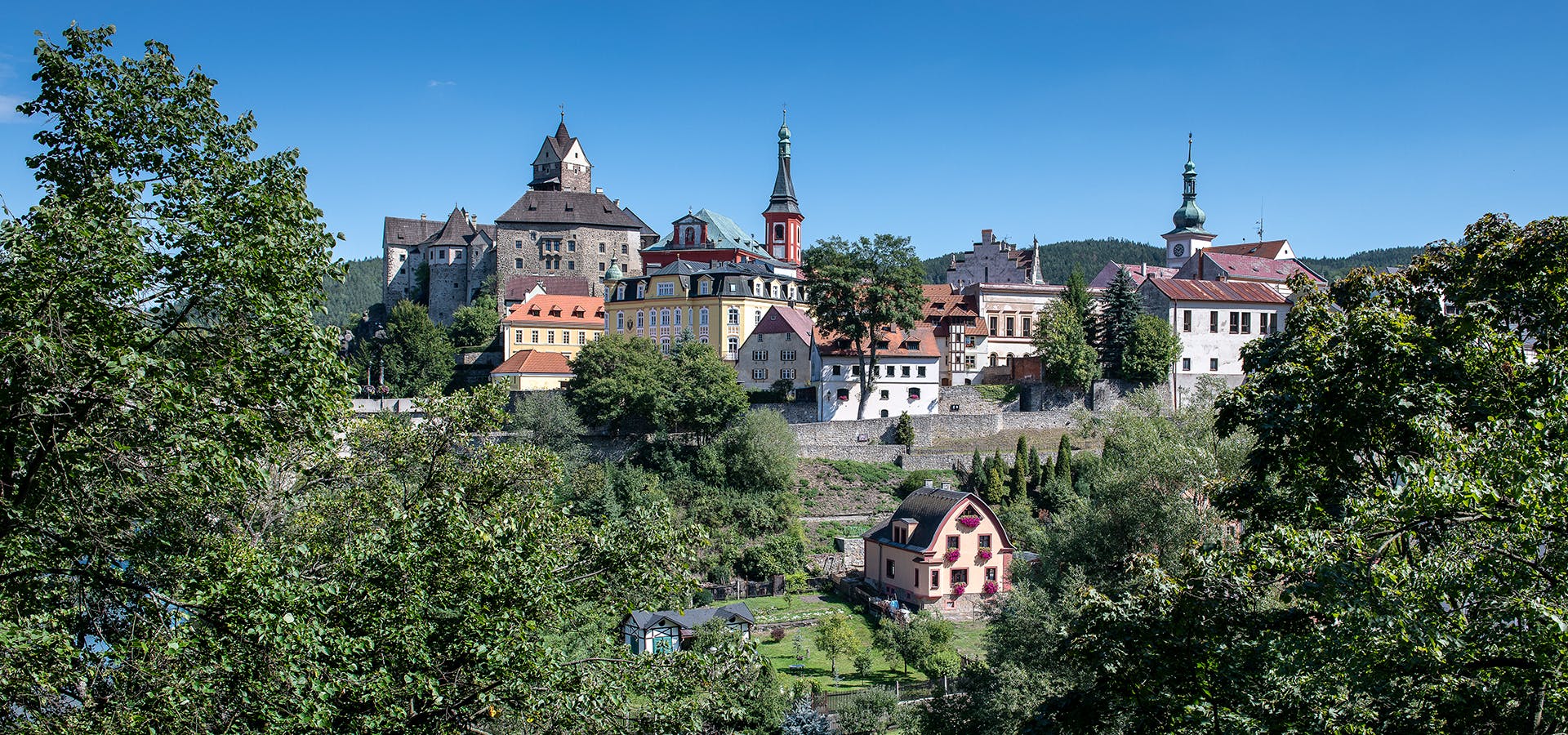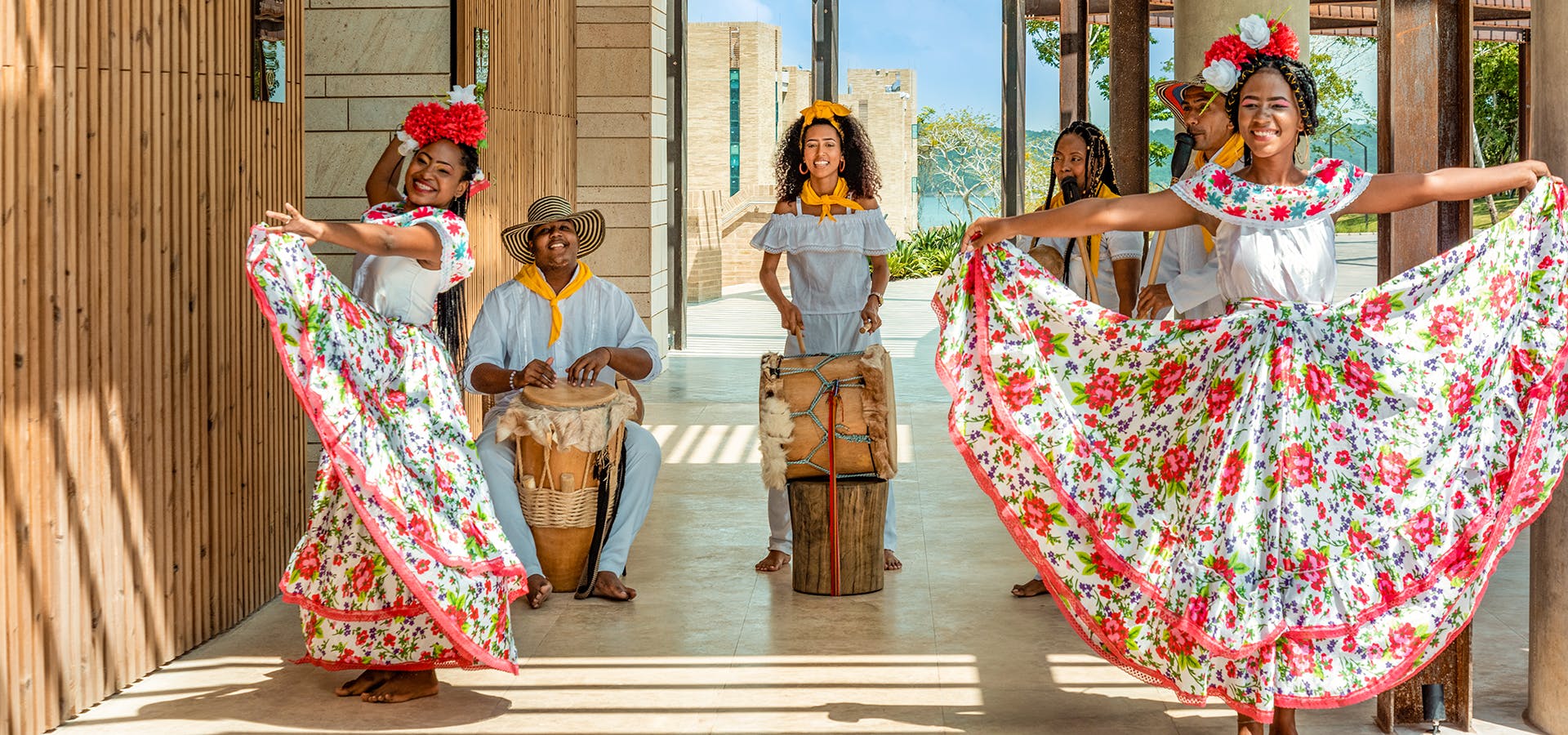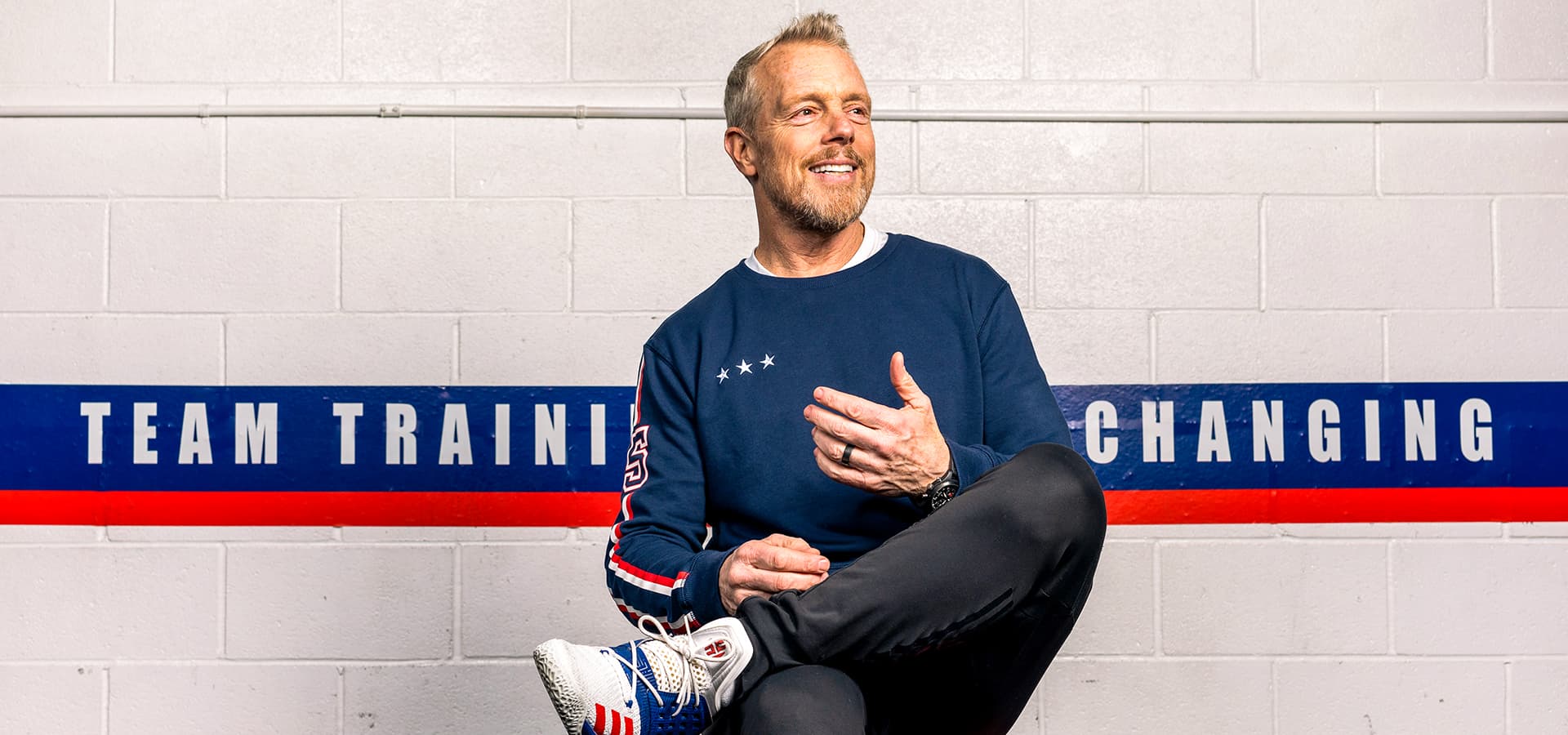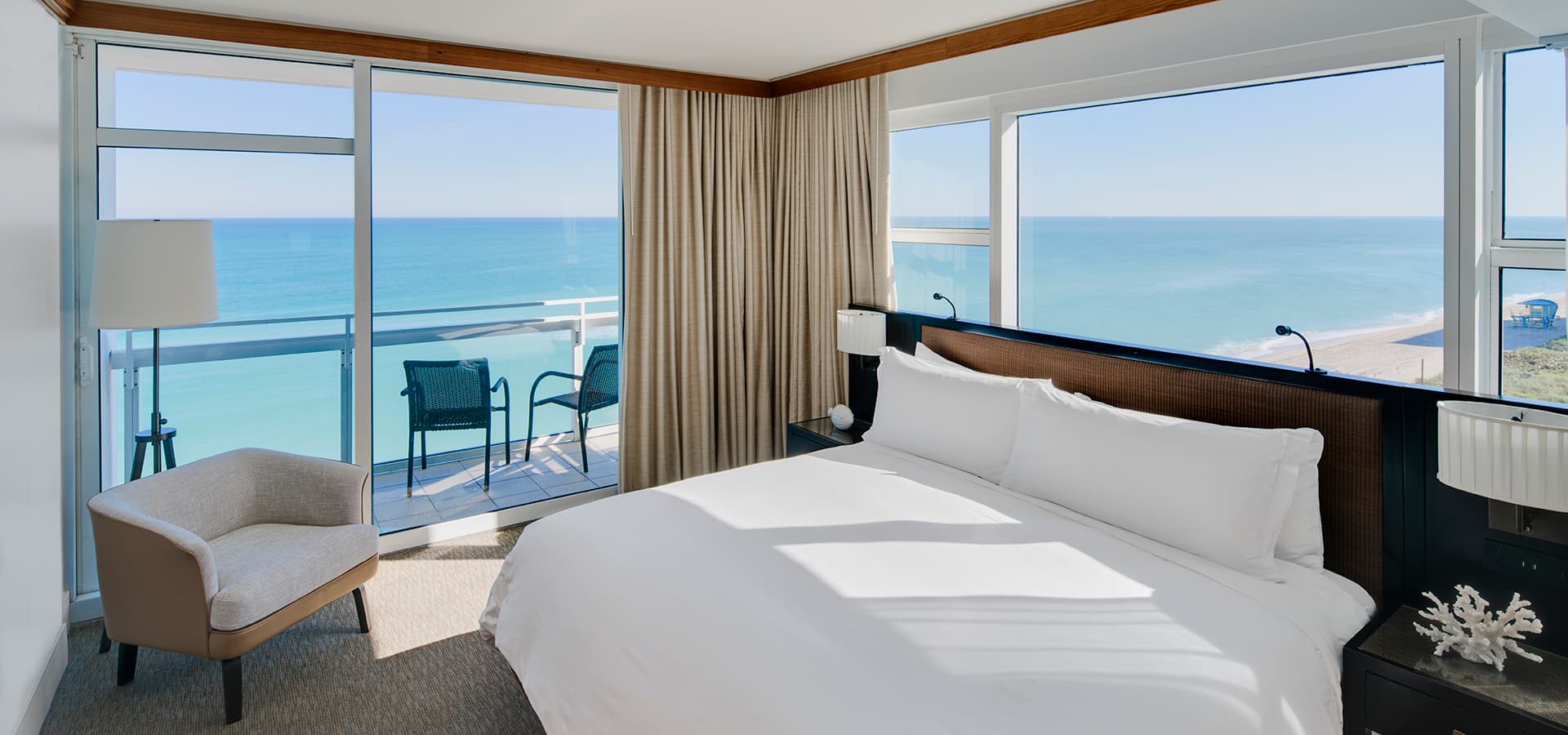As a self-proclaimed hot spring aficionado, I have traveled the globe to document the magical waters that flow up from the bowels of the earth. The West Bohemian Spa Triangle of Karlovy Vary, Frantiskovy Lazne and Marianske Lazne in the Czech Republic can match any of the other water meccas drop for drop. In 2021, the dynamic trio were added to the UNESCO World Heritage Site list of “Great Spa Towns of Europe” because of its spas and architecture.
This latest accolade comes as no surprise to Europeans since this enclave became en vogue to “take the cure” beginning in the late 18th century. The most illustrious personalities of the time gathered in these spa towns including Beethoven, Paganini, Chopin, Casanova, Goethe, Klemens von Metternich, Russian tsar Peter the Great and King of England Edward VII.
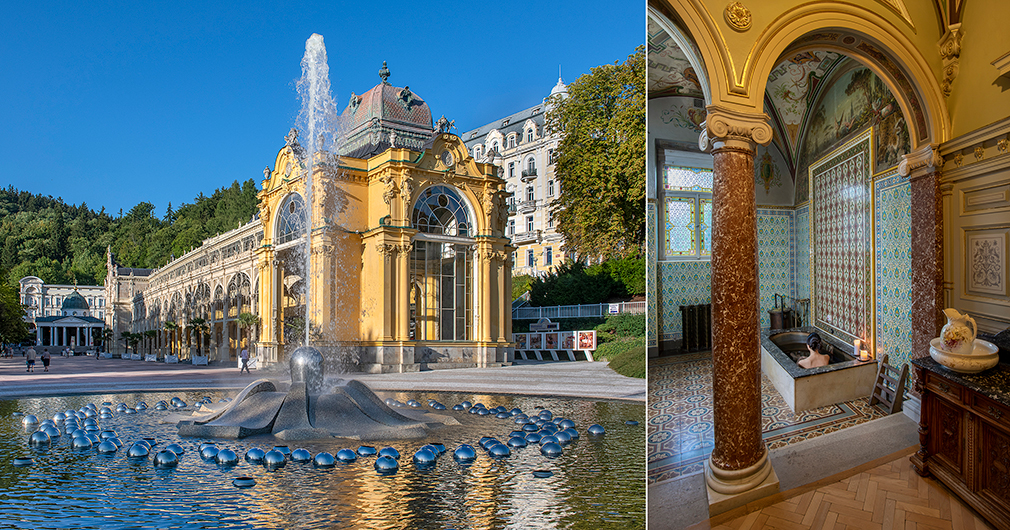
I got the royal treatment with twenty-minute dips in the 90-degree Fahrenheit (32-degree Celsius) mineral waters in the Imperial Bath at the five-star Ensana Nove Lazne Health Spa Hotel in Marianske Lazne. This bath is fit for a king, literarily. It was a favorite of King Edward VII and now available for commoners to enjoy.
World War I turned off the taps for a time in the second decade of the 20th century as did the rise of fascism when in 1938, the majority German-speaking areas of Czechoslovakia, known as the Sudetenland, became part of Nazi Germany according to the terms of the Munich Agreement followed in 1939 by World War II. Fortunately those dark days are history and the area is a vibrant part of what is now the Czech Republic. The water has rushed back as have the bathers which now include the who’s who of the film industry thanks to the Karlovy Vary International Film Festival which dates back to 1946, a year after the guns of WWII fell silent. The main center of the festival is the Hotel Thermal while many of the international stars are housed at the nearby Grandhotel Pupp. The Pupp is a star in its own right, including being a major location for the movies Last Holiday starring Queen Latifah and the James Bond film Casino Royale where the venerable hotel was cast as the Hotel Splendide in Montenegro. It was also one of the inspirations for Wes Anderson’s fictious Grand Hotel Budapest.

The history of the Grandhotel Pupp precedes the invention of the moving picture by almost two centuries. In 1701 it began as Saxony Hall, built by Burgomaster (master of the town) Deiml. Between 1896 and 1907, Viennese architects Ferdinand Fellner and Hermann Helmer rebuilt much of the property into the neo-Baroque Grandhotel Pupp that graces the city today. After World War II, the Czechoslovakian government nationalized the hotel and renamed it Grandhotel Moskva in 1950. In 1989, with the impending collapse of the Soviet Union and the reopening of Eastern Europe, the hotel’s original name was restored and the property has since been privatized.
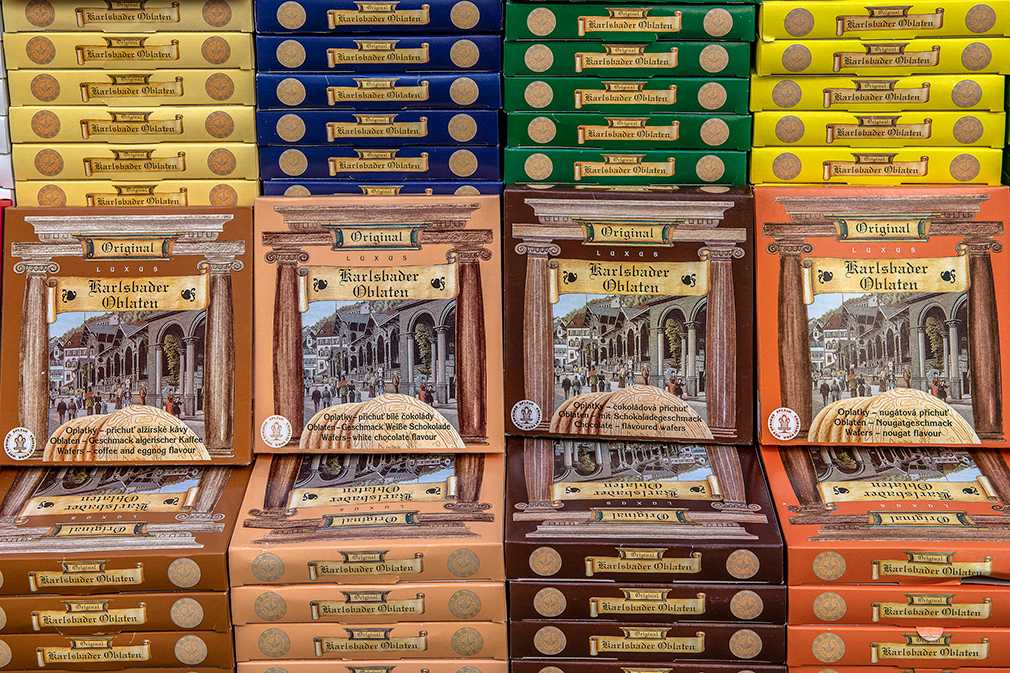
Karlovy Vary is the most visited spa town in the Czech Republic with a history that dates back to the mid-14th century. According to legend, the Holy Roman Emperor and King of Bohemia Charles IV organized an expedition into the forests surrounding modern-day Karlovy Vary during his stay in nearby Loket. His party discovered a hot spring there and thanks to the water from the spring, Charles healed his injured leg. Another legend has it that Karlovy Vary was founded after Charles discovered a unique spring there while hunting deer. What is in the history books is that Charles IV granted the town official status on August 14, 1370. The new town was named after its founder with Karlovy Vary translating as “Charles’ Baths.”

Beyond the Bath
Once toweled off, there is a seemingly endless stream of recreational and tourism opportunities in the region especially around Karlovy Vary from bike and horse riding to golf and strolls around town to visit historic churches and fill collectable porcelain spa cups with medicinal waters from taps located in the shadows of the Mlynska and Trzni Colonnades. Throughout the town center, vendors sell packages of spa wafers, the take home gift of choice. A funicular from a station next to the Grandhotel Pupp transports visitors to Diana Tower for a panoramic view.
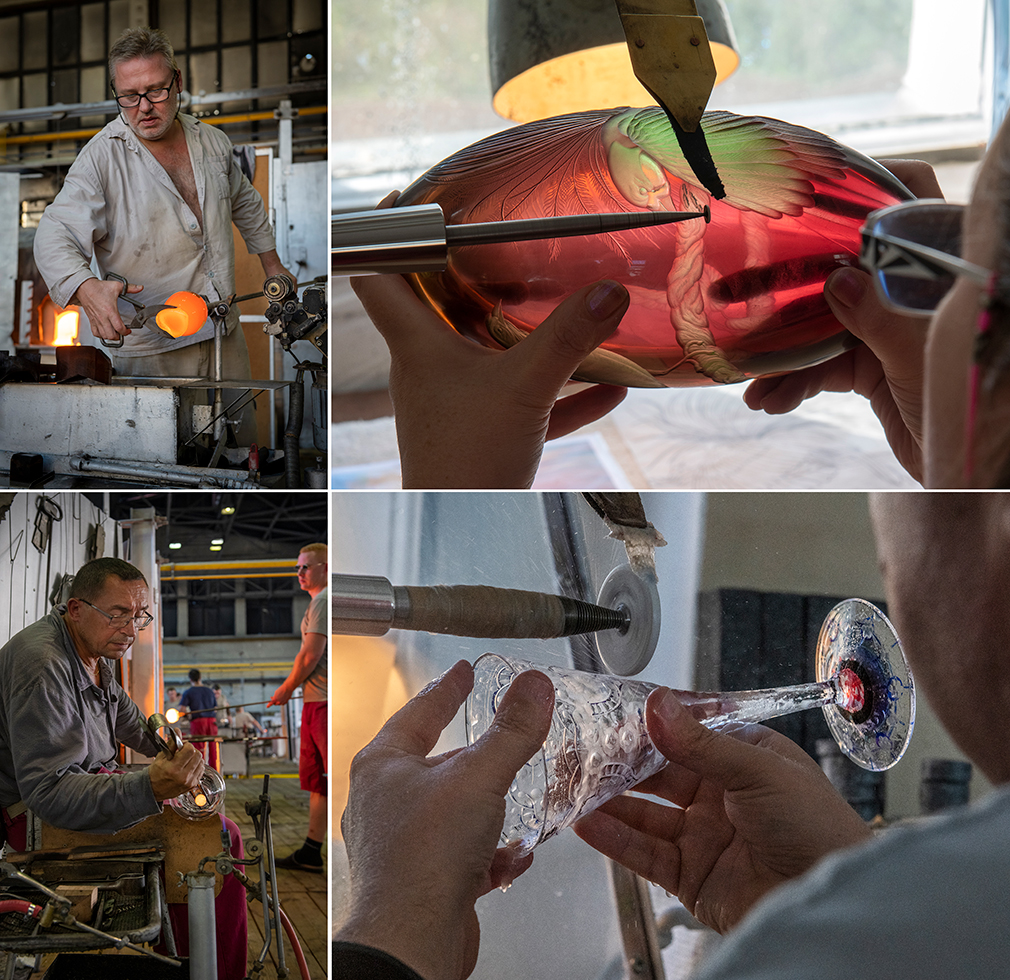
A number of worthwhile morning or afternoon excursions worth the time out of the tub include the Moser Glassworks tour and a visit to the fairy-tale medieval town of Cheb with its iconic Loket Castle. The fortress’s oldest buildings date back to the 13th century, serving to protect the road from Prague via Cheb to Erfurt. The grimmer side of history can be found in the torture museum located in its dungeon.
On the lighter side, both in taste and in history, beer aficionados should plan a visit to the city of Plzen (German: Pilsen) on their way to or from Prague and the Spa Triangle. It was here that the world’s first pale lager was produced in 1842 by the Pilsner Urquell Brewery.
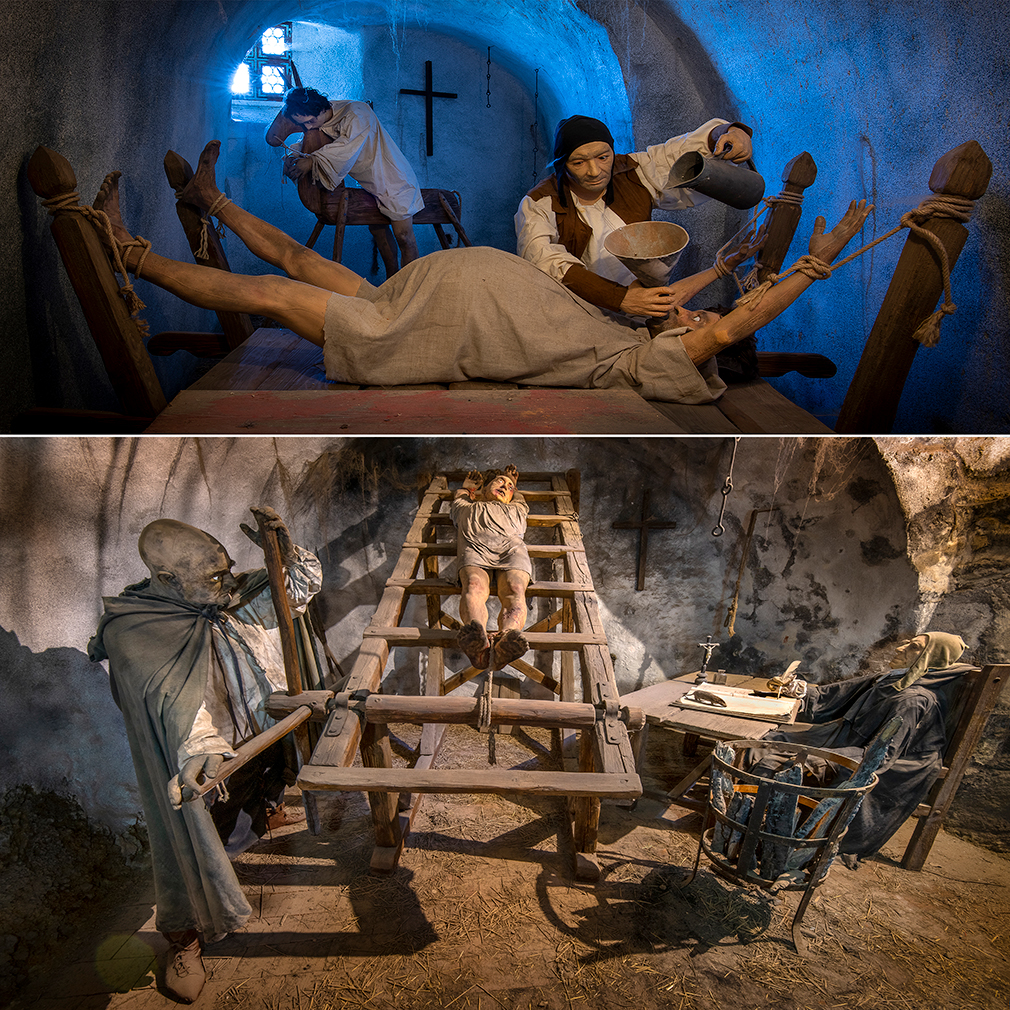
While Karlovy Vary, the main hub of the Spa Triangle, is less than 100 miles from Prague and connected by a frequent bus schedule so day trips from the Czech capital are possible, it would only scratch the surface of all this region has to offer. At least two nights and three days should be devoted to this water wonderland.




